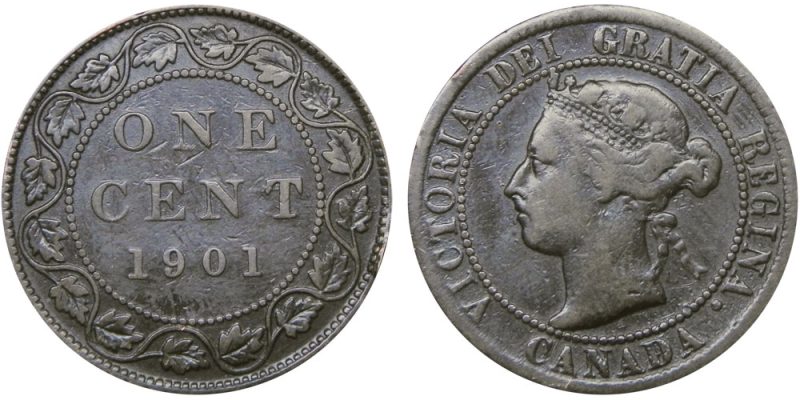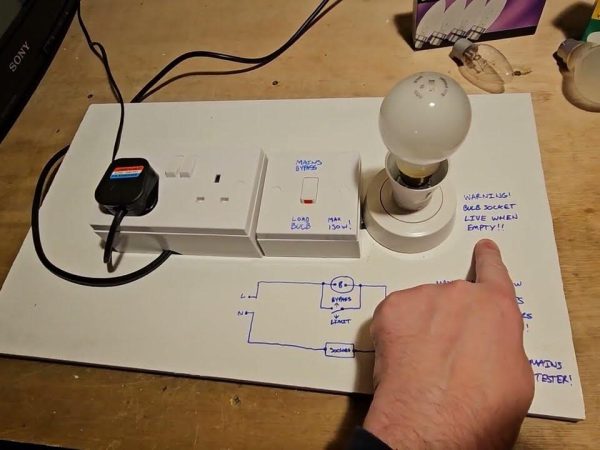Canadian One Cent Coin Values: What Are Your Pennies Worth?

Canadian one cent coins—commonly known as pennies—may be small in size, but some are big in value. Whether you’re a coin collector or stumbled upon a jar of old change, understanding Canadian one cent coin values can uncover hidden treasures in your collection.
In this guide, you’ll learn:
- How to evaluate Canadian pennies
- Which years are rare and valuable
- How condition and mint errors affect value
- Tips for selling or collecting pennies
Brief History of the Canadian One Cent Coin
The Canadian penny was first introduced in 1858 and remained in circulation until it was discontinued in 2013 due to rising production costs.
Notable facts:
- Early coins were made of bronze and later zinc or steel.
- The iconic maple leaf design debuted in 1937.
- Queen Elizabeth II’s portrait has appeared since 1953.
What Affects the Value of Canadian One Cent Coins?
Year of Minting
Some years are rarer than others due to low mintage or design changes.
Mint Marks and Variants
Coins from certain mints or with unique features (errors, double dies) are highly collectible.
Coin Condition (Grade)
Coins are graded from Poor (P-1) to Mint State (MS-70). The better the condition, the higher the value.
Metal Composition
Older pennies contain bronze or copper, which can be worth more than face value.
Most Valuable Canadian One Cent Coins (By Year)
| Year | Key Details | Approximate Value (High Grade) |
| 1858 | First Canadian penny | $30–$300+ |
| 1923 | Low mintage year | $50–$1,000+ |
| 1925 | One of the scarcest | $75–$900+ |
| 1936 Dot | Extremely rare; dot below date | $100,000+ (extremely rare) |
| 1955 NSF | “No Shoulder Fold” variety | $50–$300+ |
| 2006 RCM Logo | With small Royal Canadian Mint mark | $10–$100 (in mint condition) |
Note: Values depend on condition, demand, and authentication. Always get rare coins appraised by a professional.
Canadian Penny Values by Decade (General Estimate for Common Years)
| Decade | Circulated Value | Mint Condition Value |
| 1900s–1920s | $1–$50+ | $50–$500+ |
| 1930s–1940s | $0.50–$5 | $10–$100+ |
| 1950s–1960s | Face value–$2 | $5–$50 |
| 1970s–1980s | Face value–$0.50 | $2–$10 |
| 1990s–2012 | Face value | Up to $5 (rare errors) |
How to Evaluate Your Canadian Pennies
Step 1: Sort by Year and Look for Key Dates
Check for coins from 1923, 1925, 1936, and error years.
Step 2: Check the Coin’s Condition
Use a magnifying glass to inspect for wear, scratches, or corrosion.
Step 3: Weigh and Check Metal Type
- Pre-1997: Mostly copper
- Post-1997: Steel or zinc with copper plating
Step 4: Look for Mint Errors
Misstruck coins, double dates, or off-center designs can be very valuable.
Where to Sell or Buy Canadian One Cent Coins
Online Platforms:
- eBay (auction or buy-it-now)
- Etsy (for collectible coins)
- Numista (coin collectors’ database)
- Canadian Coin Forums
Local Options:
- Coin dealers and shops
- Coin shows or collector expos
- Pawn shops (use caution and verify value)
Tip: Keep coins in protective holders or flips to preserve condition before sale or appraisal.
SEO Insights: Why “Canadian One Cent Coin Values” Is a High-Search Keyword
This phrase captures informational and transactional intent—users are looking to:
- Appraise coins
- Sell rare pennies
- Start a collection
- Learn coin history
Related keywords:
- Canadian penny values
- valuable Canadian coins
- how much is a 1923 Canadian penny worth
- Canadian coin price guide
- rare Canadian coins list
Integrating these helps improve topical authority and rank for long-tail queries.
Conclusion
Whether you’re holding onto an old coin jar or diving into numismatics, knowing your Canadian one cent coin values can be rewarding—literally. While most modern pennies are worth face value, rare dates, mint errors, and high-grade specimens can fetch impressive prices.
Start by sorting your coins, checking for key years, and consulting with a reputable appraiser or online database. You might just discover a hidden gem in your pocket change.
FAQs
1. Are Canadian pennies still legal tender?
Yes, but they are no longer in circulation. Most retailers round to the nearest 5 cents.
2. How do I know if my Canadian penny is valuable?
Look for rare years (1923, 1925, 1936 dot), mint errors, or coins in excellent condition.
3. Are copper pennies worth more than steel ones?
Yes, pre-1997 copper pennies have higher melt value and collector interest.
4. Where can I get my coins appraised?
Visit a local coin dealer, coin show, or use certified grading services like ICCS (International Coin Certification Service) in Canada.
5. What is the most valuable Canadian penny ever sold?
The 1936 “dot” penny is the rarest and most valuable, with only three known examples—one sold for over $400,000 CAD.
Also read: Careers in History: Top Jobs for History Majors and Enthusiasts











